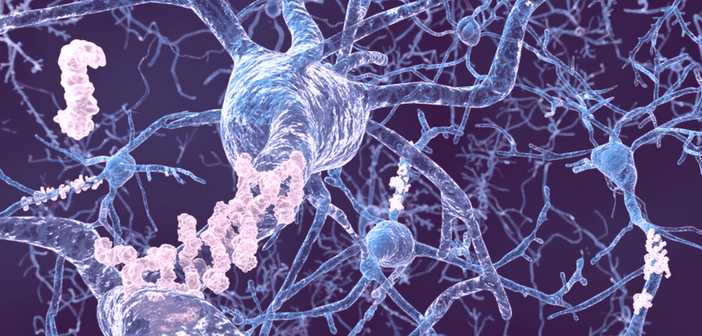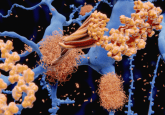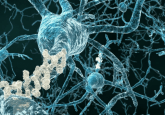Theory of amyloid-β ‘transmissibility’ gains traction

In 2015, a study was published in Nature that indicated that growth hormones given to children decades ago seem to have spread proteins linked to Alzheimer’s disease. Investigators reported that amyloid-β deposits were present in autopsies of individuals with Creutzfeldt–Jakob disease who had received injections of human growth hormone extracted from dead bodies that were contaminated by prions. This finding led to the first evidence that Alzheimer’s could possibly be transmitted from one person to another. With various hypotheses for this floating around, the research team went on to further identify and biochemically analyze vials of the cadaver-derived growth hormone....




